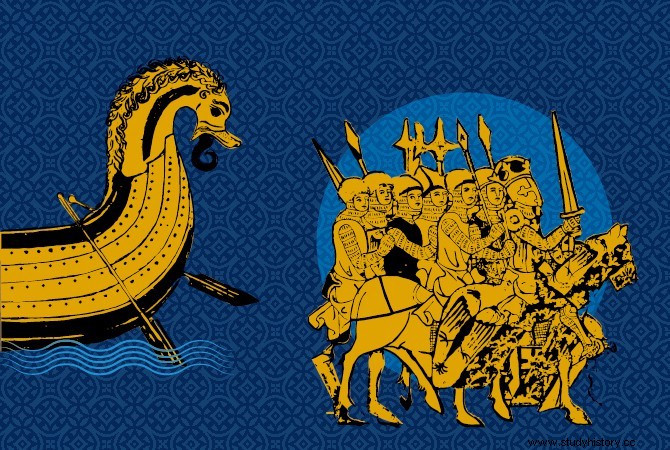
In the Middle Ages, prostitution was a socially tolerated activity, even sometimes institutionalized, to allow boys who married later than girls to "be patient", to limit adultery and to avoid the rise of male violence.
Western city governments control or build public brothels themselves (prostibulum publicum) , which they administer or lease (i.e. by contract), providing themselves with one or more specific spaces where prostitutes are confined and controlled. These brothels are not exactly brothels, as prostitutes solicit outside and sometimes rent other houses.
Public women
The clientele is very diverse. Women often make a commitment to the authorities not to have carnal intercourse with Jews, lepers and the sick. As these women must be "public", the presence of pimps or pimps is strongly condemned by the municipal authorities.
Prostitutes are often young (as reflected in the terms “girls” or “girls” sometimes used to designate them), immigrants and deprived of traditional solidarity networks; they are also lonely, miserable and abandoned women.
Some urban legislators have tried to impose specific clothes on them (veil, unique color like yellow, etc.) or to prohibit them from wearing certain clothes and accessories (fur, gold jewelry) to allow them to be identified in space. public.
The sex trades are therefore, under certain conditions, accepted and integrated into society, as evidenced for example by one of the stained glass windows of Chartres Cathedral donated by prostitutes.
At the end of the 15th th century, the greater moralization of society changed the outlook and tolerance with regard to the sex trades, and we witnessed the closing of certain public brothels, announcing the condemnation and repression of the Counter-Reformation. /P>
